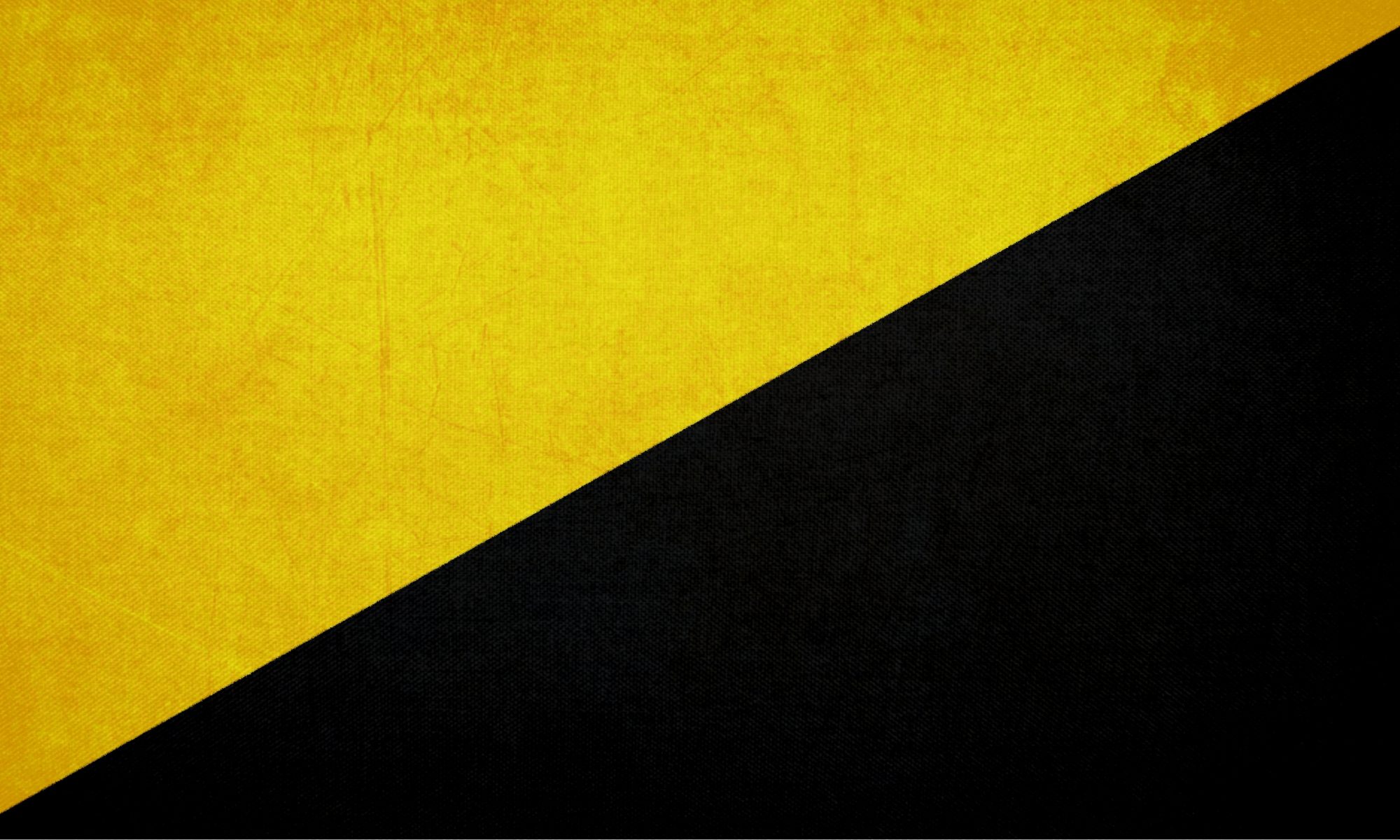Playing card money was the first paper money introduced in Western civilization. Issued in 1685 by Jacques de Meulles, the intendant of New France, the cards were an emergency measure to pay colonial officials and troops after the annual appropriations failed to arrive from France. At first, the issue of card money was not inflationary: the cards were backed by funds that were supposed to arrive from France, and were fully redeemed when those funds arrived.

As might be expected, however, the issue of card money became a regular practice. Confidence in the new money grew, and the population began to save some of the cards instead of redeeming their entire holdings every year. But instead of keeping currency reserves to cover the card money still in circulation, colonial authorities increased their spending. They also started to issue card money in excess of the French government’s annual appropriation. The cards remained useful, but prices started increasing as people realized there were more and more of them in circulation.
In the early 1700s, the War of the Spanish Succession extended to the French and English colonies in North America. Military spending rose continuously and the growth in the supply of card money far outstripped that of the colonial budget. In 1705, the French Crown refused to redeem all of the card money presented to it, which amounted to a devaluation. The colonial authorities responded by creating more, and inflation ran rampant. In 1714, with the colonial economy in disarray, the Crown decided to get rid of the system and buy back the cards at half their face value.
Sources:
“A History of Money and Banking in the United States” by Murray Rothbard.



